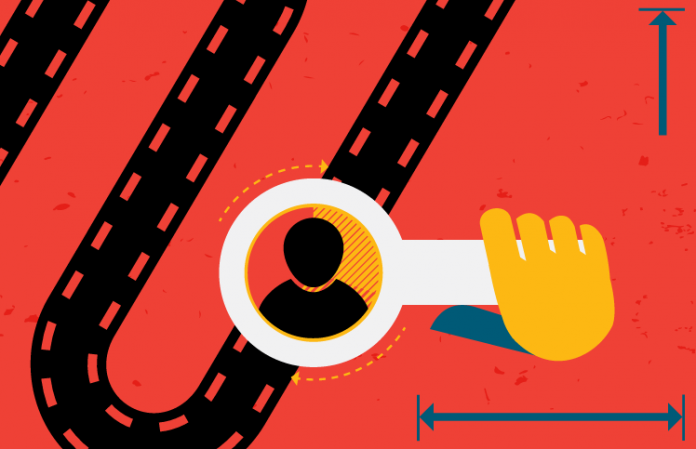
As many of the discussions at Engage 2015, Verint’s Global Customer Conference, highlighted, analytics provides valuable insights into customers’ needs and expectations. To really delve into the “why” behind their actions, it can be helpful to provide customers with multiple methods for providing feedback.
I met with Nancy Porte, VP of Global Customer Experience, at the conference for a tour of Verint’s Customer Experience Zone—a space set up for Verint customers to share input to help the organization define and improve the customer experience journey. Customers were provided with tours of the room plus a detailed explanation of Verint’s customer journey map, prominently displayed along one wall of the room.
The customer journey map is the second phase of an long-term program that began just over two years ago, says Nancy Treaster, senior VP and general manager of Strategic Operations for Verint Enterprise Intelligence Solutions. Phase 1 focused on internal projects in various areas to collect customer feedback, analyze the data for actionable intelligence and put new processes in place.
In addition to providing an end-to-end view of the customer experience, the journey map represents the organization’s progress on that earlier feedback, with key issues highlighted. Allowing customers to view the organization’s pain points as well as other customers’ comments and feedback is something that not many organizations might be comfortable with, but as Porte points out, it demonstrates the commitment to improving the customer experience.
In addition to the customer journey map, the Customer Experience Zone included four stations designed to capture different types of customer input:
- One large whiteboard contained columns that represented key customer touch points (e.g., sales, implementation, support, etc.). Customers were asked to identify what they were thinking and feeling—positive or negative emotions—during each touch point by placing a colored sticky note in that area. The notes contained a single emotion written on it, such as appreciated, disappointed, etc.; customers could also fill in their own or add comments to provide more detail.
- A quick survey station with laptops was available for those who preferred to provide input via a brief online survey.
- Tables for in-person interviews allowed Porte and her team to gather details to help build “personas.” A persona is a fictionalized person who is assigned to a specific journey,” according to Brian Koma, Verint’s VP & Practice Leader, Customer Experience. “This helps us internally to create a shorthand view of how to refer to that customer. For example, instead of referring to a customer profile as a small-business owner who has a billing problem with a particular software product, maybe that is best personified by an individual named Beth. Beth has certain attributes that everyone agrees on: She works for a company that employs 10 people or less, has been a customer for two years or more, she purchases products on a monthly basis, etc. Identifying a common persona will help you to communicate to others in the organization, ‘People like Beth.’” (See Omnichannel: Tracking the Customer Experience.)
- A station for free-text comments allowed customers to provide any additional comments or thoughts. Two flipcharts prompted feedback with questions like: “You didn’t ask, but it would be nice if you…” and “What else could Verint do to improve the experience?”
The customer journey map and feedback collected from the Customer Experience Zone will help to drive Verint’s strategic decision making and customer engagement. Although set up in phases, it’s a continuous process, Treaster points out. “We’re now in Phase 2, but we’ll never be finished with Phase 1.
“This type of process requires executive commitment,” she adds. “We have monthly meetings with our president, Elan Moriah, to review our progress for the month, the impact and the results. We’re committed, and that gives us the confidence to be transparent and show our customers what we’re doing.”
To read the full feature with additional insights from Engage 2015, download the article here.



